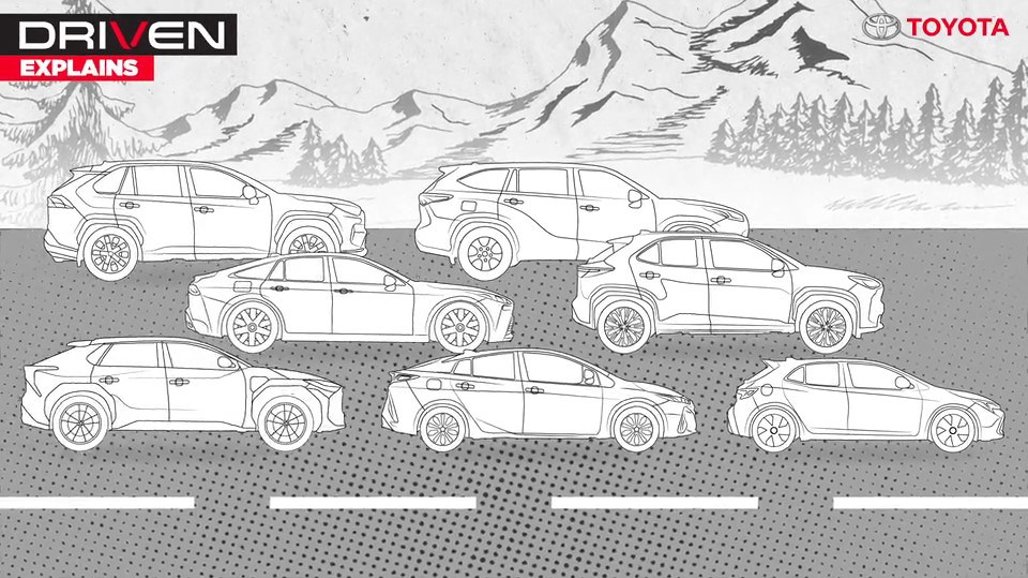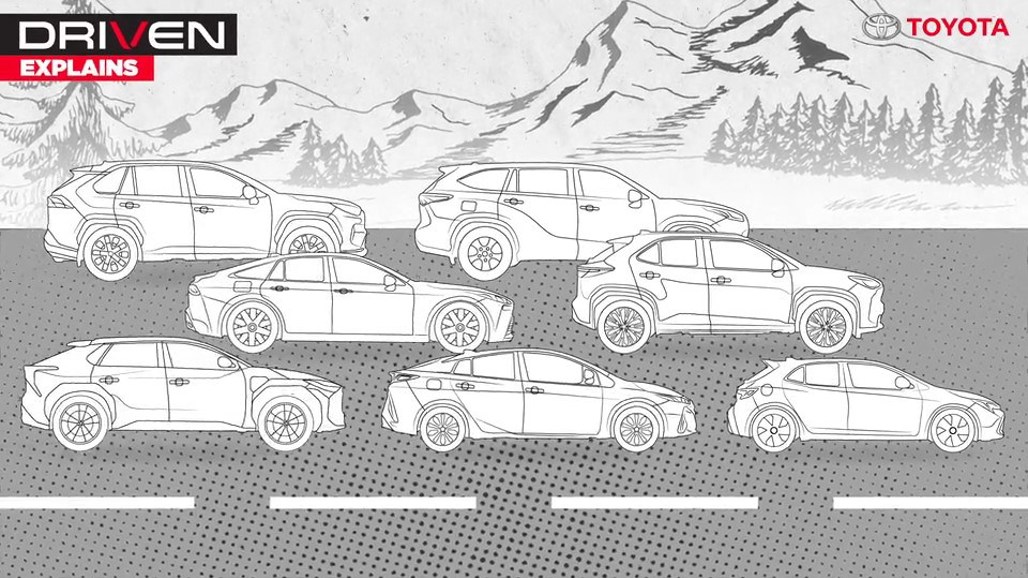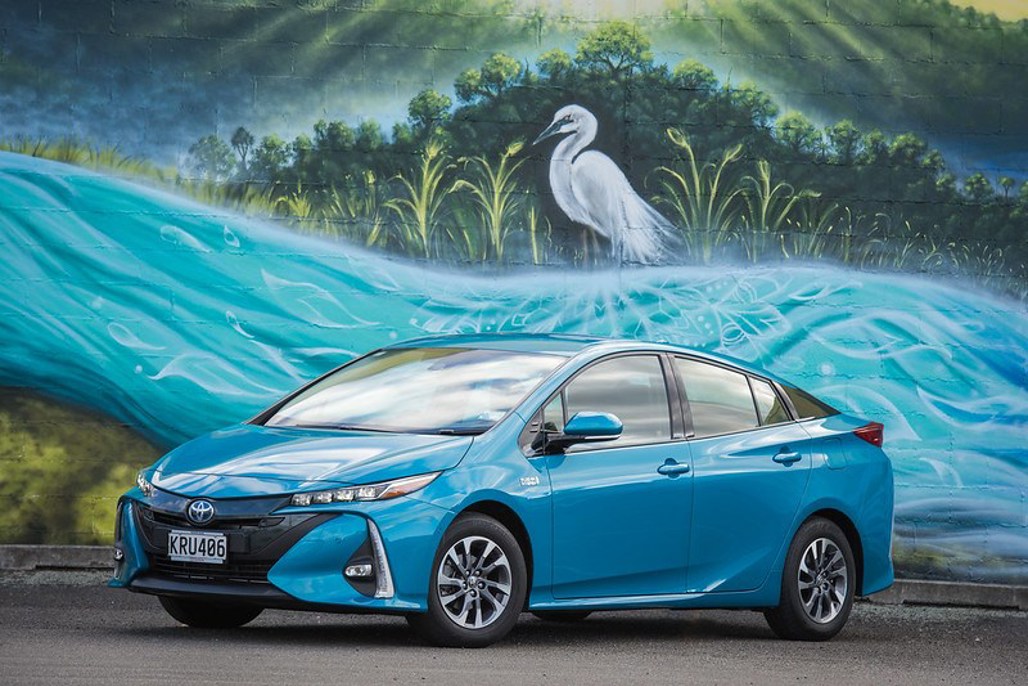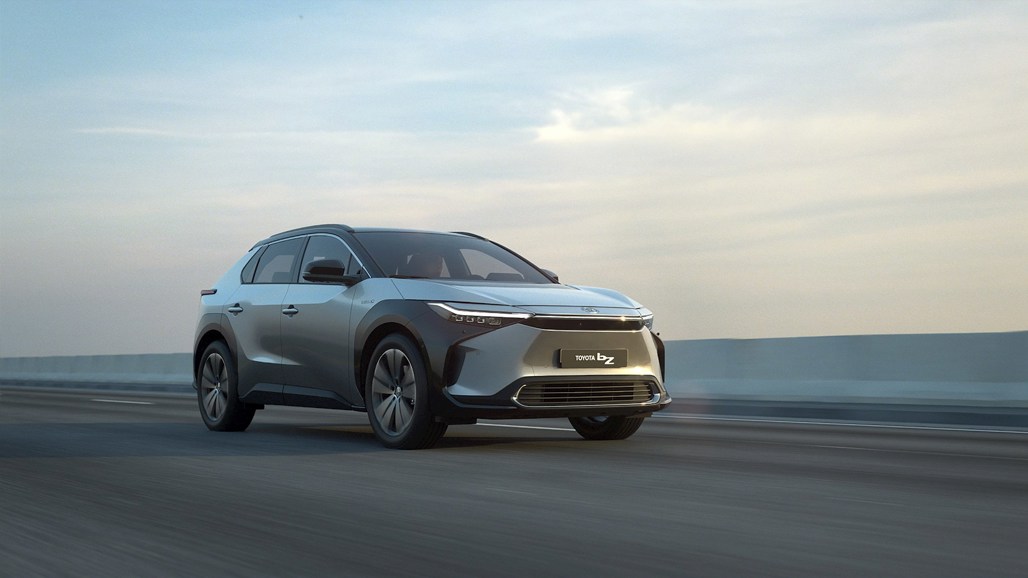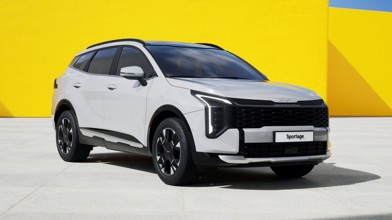There are many different types of electric powertrains. Confused? You don’t have to be. Let us explain. First, there’s HEV, for Hybrid Electric Vehicle. Toyota introduced this technology in the late-1990s with the Prius. It’s a clever combination of petrol and electric; you only use battery power when travelling at low speeds, but the petrol engine steps in to assist when you need more performance – and it charges the battery at the same time.
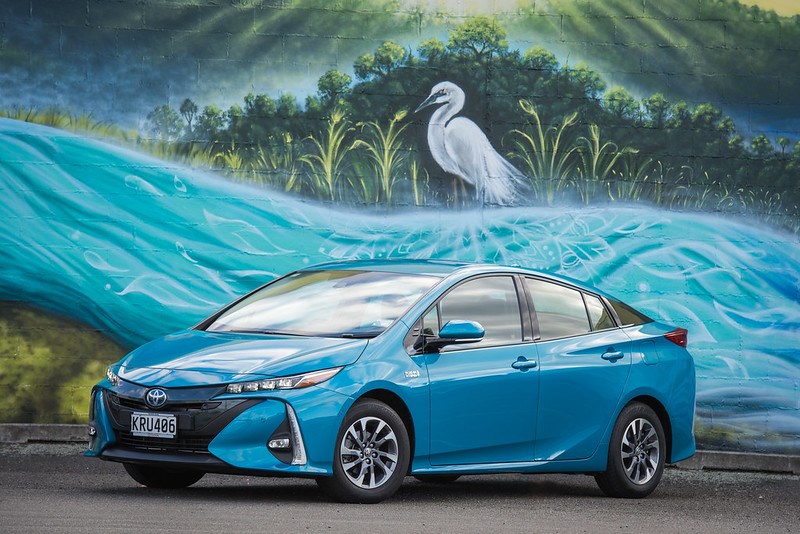
Hybrid electric technology now spans most of the Toyota range and in fact more kilometres are covered in Toyota hybrids than any other type of vehicle in the world.
Then you have PHEV (Plug-in Hybrid Electric Vehicle), allowing you travel up to 50km on battery power alone, depending on the model. As the name suggests, you plug it in at public charge points or at home, to charge the battery. If you need to go further, a PHEV also has a petrol engine, which takes over until it recharges.
Next there’s the BEV (Battery Electric Vehicle): all battery, all the time. Toyota has at least seven BEVs planned between now and 2026.
Finally, there’s FCEV (Fuel Cell Electric Vehicles): electric vehicles with hydrogen fuel. They achieve a similar range to a traditional petrol or diesel engine, but are almost emission-free when driving and use hydrogen to power and charge the battery, which powers the electric motor. Nothing but water is released from the exhaust.
The second generation Toyota Mirai will being this technology to new heights.
- In association with Toyota
